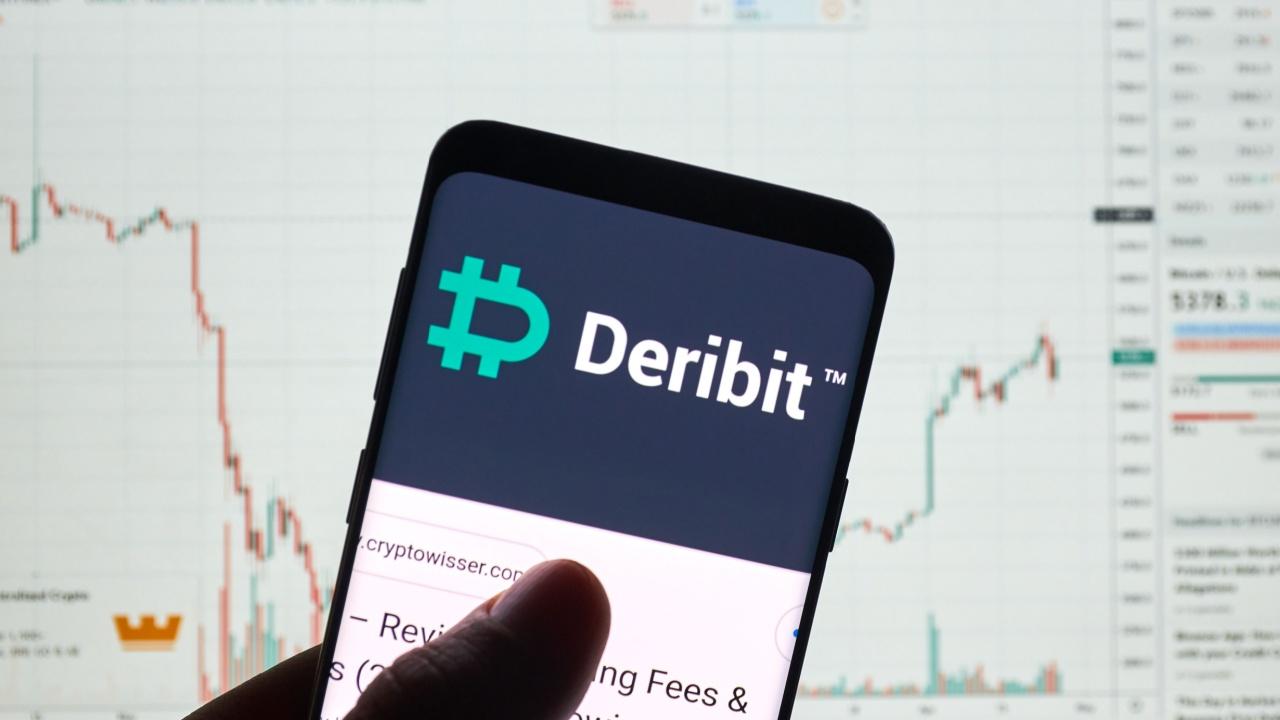The Economics of Fragment Telegram Fees: A Comprehensive Analysis
Abstract: This post delivers a deep-dive into the fee structure powering Fragment Telegram—a decentralized messaging platform built on blockchain technology. We discuss the background, core fee components like transaction fees, service fees, and conversion fees, and explain the economic impacts these fees bring to user adoption, market competition, and revenue stability. Alongside a technical yet accessible analysis, we explore use cases, challenges, and the future of dynamic pricing models and regulatory compliance. This comprehensive guide is enhanced with tables, bullet lists, and authoritative links to provide both human readers and search engine crawlers with valuable insights. Introduction Modern digital communications have gradually evolved from traditional messaging platforms to decentralized networks that leverage blockchain technology. One such pioneer is Fragment Telegram—a spinoff of the popular Telegram app with a focus on privacy, enhanced security, and advanced financial functionalities. However, as with many blockchain-driven services, Fragment Telegram operates with a carefully engineered fee structure. In this post, we examine the economics behind these fees, discuss their impacts on the ecosystem, and outline future trends and innovations. For a detailed look at the fee structure, check out the Original Article. Background and Context Fragment Telegram emerged as a modern messaging solution designed to empower users through decentralization. Founded by Pavel Durov, its design ethos centers on privacy, security, and user autonomy, fueled by blockchain integration. This integration allows the platform to include several financial instruments and smart contract features that necessitate a sophisticated fee system. Blockchain provides the backbone that supports: Decentralized Validation: Validators confirm transactions to ensure network security. Transparency: All fee calculations and distributions are verifiable on-chain. Automation: Smart contracts automatically execute fee deductions for different services. Understanding the mechanics behind these fees can be compared to studying the economics of digital payment gateways, where each fee has a dual purpose: to serve a functional role and act as an economic incentive within the network. For additional background on blockchain fundamentals, visit What is Blockchain?. Core Concepts and Features Fragment Telegram's fee structure revolves around three main components: transaction fees, service fees, and conversion fees. Each component plays a crucial role in maintaining network integrity and incentivizing stakeholders. 1. Transaction Fees Transaction fees serve multiple pivotal roles: Network Spam Prevention: By imposing a small cost per transaction, the network deters spam and abusive behavior. Validator Incentives: Validators that secure and verify transactions receive a share of these fees. Sustainability of the Platform: Regularly collected fees help cover infrastructure costs and future upgrades. For detailed information on transaction fees, refer to Transaction Fees. 2. Service Fees Beyond basic transactions, Fragment Telegram generates revenue through additional services: Premium Features: Services such as enhanced storage and priority message delivery require service fees. Revenue Generation: These fees provide a revenue stream critical for operational costs and continuous platform innovation. Learn more about the service fees model by visiting Service Fees. 3. Conversion Fees Fragment Telegram’s ecosystem also facilitates the exchange of different digital assets: Liquidity Management: Conversion fees help stabilize internal exchange rates. System Support: The fees cover the operational costs of secure asset conversion and reliable fund management. For more insights, see Conversion Fees. Applications and Use Cases The fee structure is not just a technical necessity; it influences how various stakeholders interact with Fragment Telegram. Here are some practical examples: User Adoption and Service Differentiation: A balanced fee structure ensures that even casual users are not overwhelmed by costs, while tech-savvy users can opt for premium services. This dual strategy boosts overall platform engagement. Market Competition Dynamics: In a competitive aggregation of decentralized messaging apps, pricing strategies support market positioning. Competitive fee models can create a value-for-money proposition, giving Fragment Telegram an edge in terms of both adoption and loyalty. Developer and Validator Incentives: The fees collected are partly distributed among validators and developers, encouraging continuous improvement and timely updates to the platform. This revenue-sharing model can be linked to research on effective blockchain incentive systems. Below is a table summarizing the key fee components and their purpo
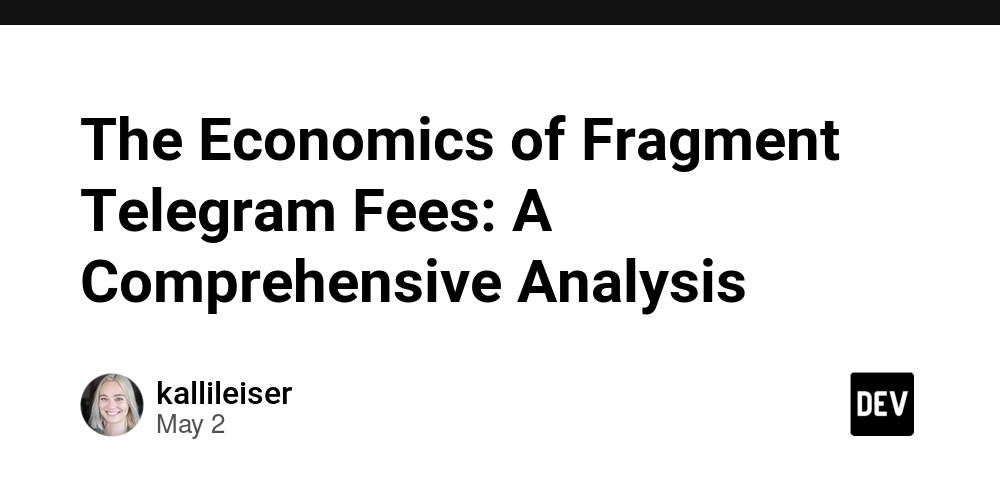
Abstract:
This post delivers a deep-dive into the fee structure powering Fragment Telegram—a decentralized messaging platform built on blockchain technology. We discuss the background, core fee components like transaction fees, service fees, and conversion fees, and explain the economic impacts these fees bring to user adoption, market competition, and revenue stability. Alongside a technical yet accessible analysis, we explore use cases, challenges, and the future of dynamic pricing models and regulatory compliance. This comprehensive guide is enhanced with tables, bullet lists, and authoritative links to provide both human readers and search engine crawlers with valuable insights.
Introduction
Modern digital communications have gradually evolved from traditional messaging platforms to decentralized networks that leverage blockchain technology. One such pioneer is Fragment Telegram—a spinoff of the popular Telegram app with a focus on privacy, enhanced security, and advanced financial functionalities. However, as with many blockchain-driven services, Fragment Telegram operates with a carefully engineered fee structure. In this post, we examine the economics behind these fees, discuss their impacts on the ecosystem, and outline future trends and innovations.
For a detailed look at the fee structure, check out the Original Article.
Background and Context
Fragment Telegram emerged as a modern messaging solution designed to empower users through decentralization. Founded by Pavel Durov, its design ethos centers on privacy, security, and user autonomy, fueled by blockchain integration. This integration allows the platform to include several financial instruments and smart contract features that necessitate a sophisticated fee system.
Blockchain provides the backbone that supports:
- Decentralized Validation: Validators confirm transactions to ensure network security.
- Transparency: All fee calculations and distributions are verifiable on-chain.
- Automation: Smart contracts automatically execute fee deductions for different services.
Understanding the mechanics behind these fees can be compared to studying the economics of digital payment gateways, where each fee has a dual purpose: to serve a functional role and act as an economic incentive within the network.
For additional background on blockchain fundamentals, visit What is Blockchain?.
Core Concepts and Features
Fragment Telegram's fee structure revolves around three main components: transaction fees, service fees, and conversion fees. Each component plays a crucial role in maintaining network integrity and incentivizing stakeholders.
1. Transaction Fees
Transaction fees serve multiple pivotal roles:
- Network Spam Prevention: By imposing a small cost per transaction, the network deters spam and abusive behavior.
- Validator Incentives: Validators that secure and verify transactions receive a share of these fees.
- Sustainability of the Platform: Regularly collected fees help cover infrastructure costs and future upgrades.
For detailed information on transaction fees, refer to Transaction Fees.
2. Service Fees
Beyond basic transactions, Fragment Telegram generates revenue through additional services:
- Premium Features: Services such as enhanced storage and priority message delivery require service fees.
- Revenue Generation: These fees provide a revenue stream critical for operational costs and continuous platform innovation.
Learn more about the service fees model by visiting Service Fees.
3. Conversion Fees
Fragment Telegram’s ecosystem also facilitates the exchange of different digital assets:
- Liquidity Management: Conversion fees help stabilize internal exchange rates.
- System Support: The fees cover the operational costs of secure asset conversion and reliable fund management.
For more insights, see Conversion Fees.
Applications and Use Cases
The fee structure is not just a technical necessity; it influences how various stakeholders interact with Fragment Telegram. Here are some practical examples:
User Adoption and Service Differentiation:
A balanced fee structure ensures that even casual users are not overwhelmed by costs, while tech-savvy users can opt for premium services. This dual strategy boosts overall platform engagement.Market Competition Dynamics:
In a competitive aggregation of decentralized messaging apps, pricing strategies support market positioning. Competitive fee models can create a value-for-money proposition, giving Fragment Telegram an edge in terms of both adoption and loyalty.Developer and Validator Incentives:
The fees collected are partly distributed among validators and developers, encouraging continuous improvement and timely updates to the platform. This revenue-sharing model can be linked to research on effective blockchain incentive systems.
Below is a table summarizing the key fee components and their purposes:
| Fee Component | Purpose | Key Benefit |
|---|---|---|
| Transaction Fees | Prevent spam, incentivize validators | Network efficiency and increased security |
| Service Fees | Provide premium features and generate revenue | Enhanced user experience and platform upgrades |
| Conversion Fees | Manage liquidity and facilitate asset exchange | Stability within the digital asset ecosystem |
Challenges and Limitations
While the fee structure is designed for efficiency and sustainability, it is not without challenges. Understanding these limitations is key for potential adopters and developers:
Scalability Issues:
As the user base grows, the network may experience congestion, possibly leading to increased fees during peak times. Dynamic fee adjustments can be employed, yet they require careful monitoring to avoid user dissatisfaction.Regulatory Compliance:
Changing global financial regulations could impact fee structures. Adaptability and proactive compliance measures are necessary to ensure the network stays within legal bounds. More on this topic can be found in Regulatory Compliance.Adoption Barriers:
For some users not accustomed to cryptographic transactions, even a minimal fee can be a psychological barrier. User education and clarity in fee communication are essential in overcoming this challenge.Technical Complexity:
Dynamic pricing models, while beneficial, add a layer of complexity to transaction processing. Technological advancements must accompany these enhancements to ensure that system performance remains robust.
A bullet list summarizing these challenges:
- Scalability under high demand
- Navigating global and regional regulatory environments
- Balancing fee structure to foster user adoption without overspending
- Integrating dynamic pricing without compromising system performance
Future Outlook and Innovations
Fragment Telegram is adapting to continuous technological change and market shifts. Future developments focus on enhancing its fee mechanisms and overall user experience. Here are some anticipated trends:
Dynamic Pricing Models
Dynamic pricing is set to adjust fees in real time based on network congestion, transaction volume, and market demand. This agile approach can help maintain balance between affordability and network sustainability. For further reading on dynamic pricing in blockchain applications, visit Dynamic Pricing Models.
Cross-Platform Alignments
To further increase market penetration, Fragment Telegram may establish partnerships with other decentralized platforms. Cross-platform alignments can streamline fee structures and introduce interoperability. More insights can be found at Cross-Platform Alignments.
Regulatory Adaptability
Amid evolving legal landscapes, Fragment Telegram’s fee model may need to adapt accordingly. Ensuring compliance will be vital to long-term success while preserving decentralized ideals. Many challenges in compliance are detailed in Inflation and Fee Adjustment.
Emerging Trends in Open Source Funding
The economic paradigms that support Fragment Telegram's fee structure have parallels with open source funding mechanisms. Insights from successful case studies reveal that integrating fair compensation models and decentralized governance can spur innovation. Developers and analysts interested in a deeper perspective may refer to posts like Sustaining Open Source: The Role of Financial Backing and Exploring Effective Corporate Sponsorship Models.
Summary
The economics of Fragment Telegram fees provide a fascinating insight into how modern blockchain-based messaging platforms operate. By balancing transaction fees, service fees, and conversion fees, the platform successfully maintains network security, ensures validator compensation, and facilitates premium features. Beyond the mechanics, these fees have wide-reaching economic implications, from influencing user behavior and market competition to stabilizing revenue and adapting to regulatory changes.
Key takeaways include:
User-Centric Design:
An intelligently structured fee system propels user adoption while sustaining premium service quality.Economic Incentives:
Validators and developers benefit from revenue streams, ensuring continuous system improvement and security.Adaptive Mechanisms:
Dynamic pricing and cross-platform integrations are on the horizon to address scalability and compliance challenges.Future-Oriented Strategy:
Ongoing refinements are expected to keep Fragment Telegram competitive in an ever-evolving digital communications landscape.
As digital ecosystems further unite messaging and blockchain, understanding these nuanced fee structures becomes increasingly critical. Whether you are a developer, market analyst, or a tech enthusiast, the economic strategies within platforms like Fragment Telegram set the benchmark for innovation in an increasingly decentralized world.
For more technical details on the interplay between blockchain technology and fee structures, consider reading the related posts:
- Exploring Blockchain for Open Source Funding: A New Paradigm
- Navigating Revenue Strategies for Open Source Projects
- Unveiling Arbitrum and Open Source Tools for NFT Development
In conclusion, Fragment Telegram’s fees not only power the platform’s daily operations but also represent a microcosm of the economic and technical challenges facing decentralized communication systems today. The delicate balance of fee optimization, user accessibility, and security is the linchpin that will drive the future growth of digital communication across the globe.
By embracing a technical yet accessible approach, this post not only addresses the immediate fee structure at Fragment Telegram but also lays out a roadmap for future developments and potential challenges. As the decentralized landscape evolves, such economic strategies will remain critical to delivering sustainable, user-focused services in a competitive digital ecosystem.





































































































































































![[The AI Show Episode 145]: OpenAI Releases o3 and o4-mini, AI Is Causing “Quiet Layoffs,” Executive Order on Youth AI Education & GPT-4o’s Controversial Update](https://www.marketingaiinstitute.com/hubfs/ep%20145%20cover.png)











































































































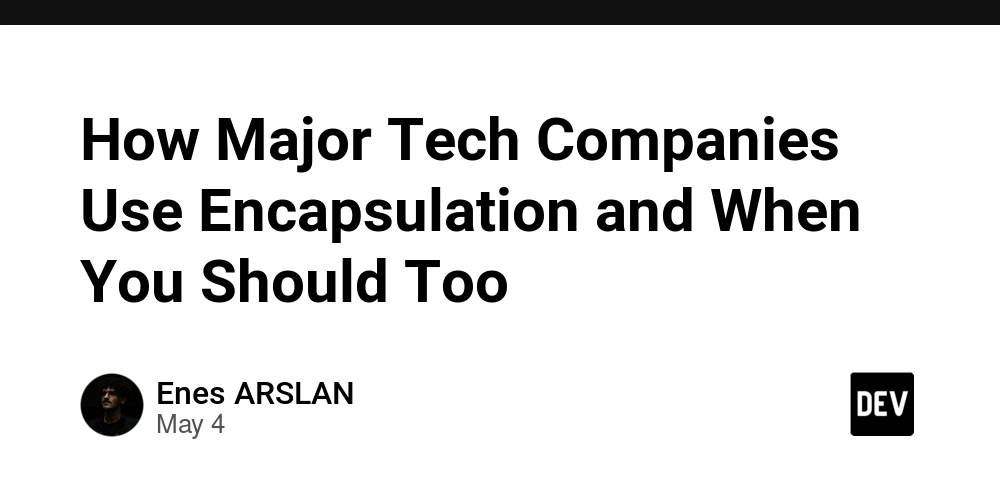

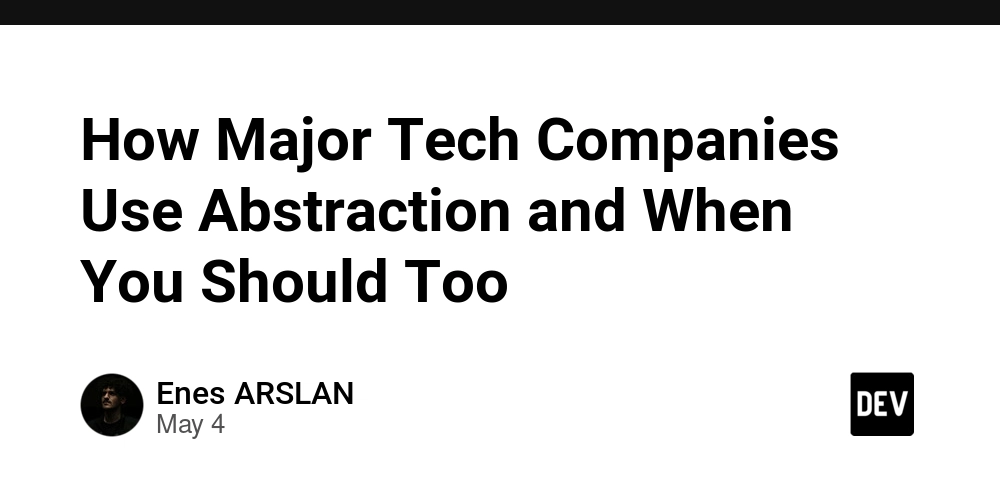
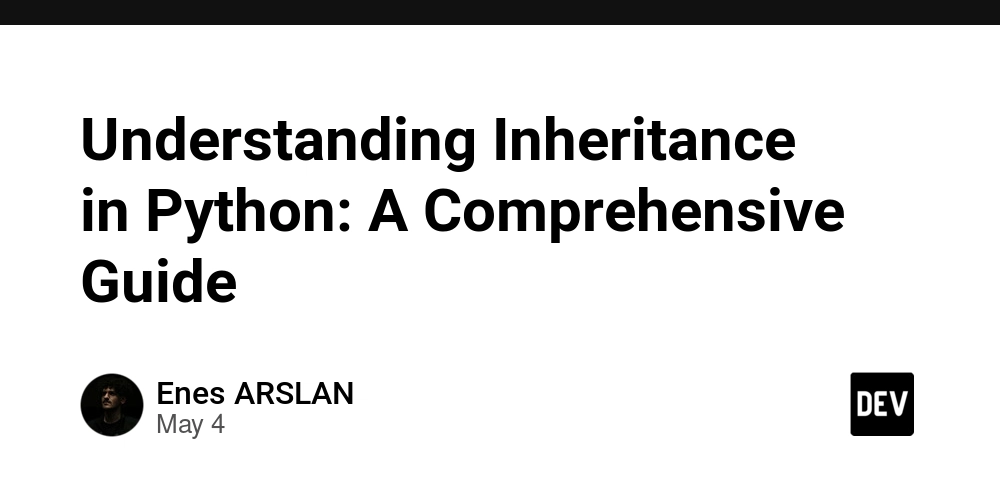













![[FREE EBOOKS] Learn Computer Forensics — 2nd edition, AI and Business Rule Engines for Excel Power Users & Four More Best Selling Titles](https://www.javacodegeeks.com/wp-content/uploads/2012/12/jcg-logo.jpg)





![From Art School Drop-out to Microsoft Engineer with Shashi Lo [Podcast #170]](https://cdn.hashnode.com/res/hashnode/image/upload/v1746203291209/439bf16b-c820-4fe8-b69e-94d80533b2df.png?#)







































































































(1).jpg?#)































_Inge_Johnsson-Alamy.jpg?width=1280&auto=webp&quality=80&disable=upscale#)











































































































![Apple to Split iPhone Launches Across Fall and Spring in Major Shakeup [Report]](https://www.iclarified.com/images/news/97211/97211/97211-640.jpg)
![Apple to Move Camera to Top Left, Hide Face ID Under Display in iPhone 18 Pro Redesign [Report]](https://www.iclarified.com/images/news/97212/97212/97212-640.jpg)
![Apple Developing Battery Case for iPhone 17 Air Amid Battery Life Concerns [Report]](https://www.iclarified.com/images/news/97208/97208/97208-640.jpg)
![AirPods 4 On Sale for $99 [Lowest Price Ever]](https://www.iclarified.com/images/news/97206/97206/97206-640.jpg)

































![[Updated] Samsung’s 65-inch 4K Smart TV Just Crashed to $299 — That’s Cheaper Than an iPad](https://www.androidheadlines.com/wp-content/uploads/2025/05/samsung-du7200.jpg)
































































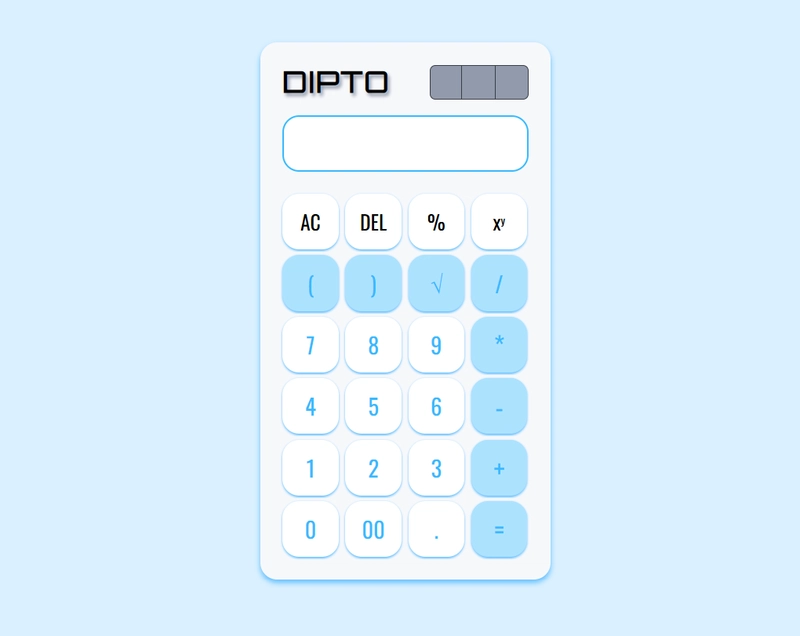
![[Parte 3] Enviando dados entre aplicações com Module](https://media2.dev.to/dynamic/image/width=800%2Cheight=%2Cfit=scale-down%2Cgravity=auto%2Cformat=auto/https%3A%2F%2Fdev-to-uploads.s3.amazonaws.com%2Fuploads%2Farticles%2Fkx29k1pd45vzou2lgteg.png)

